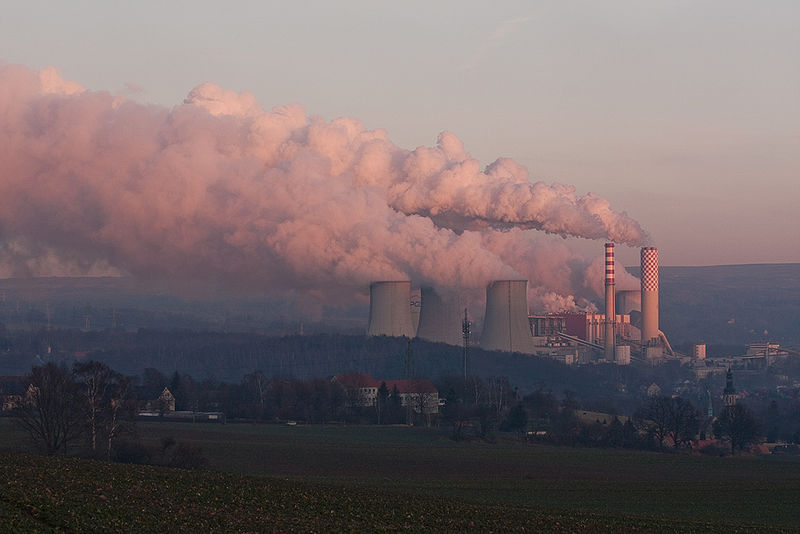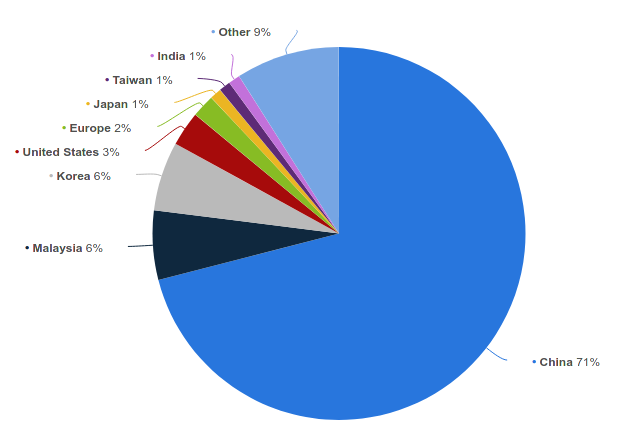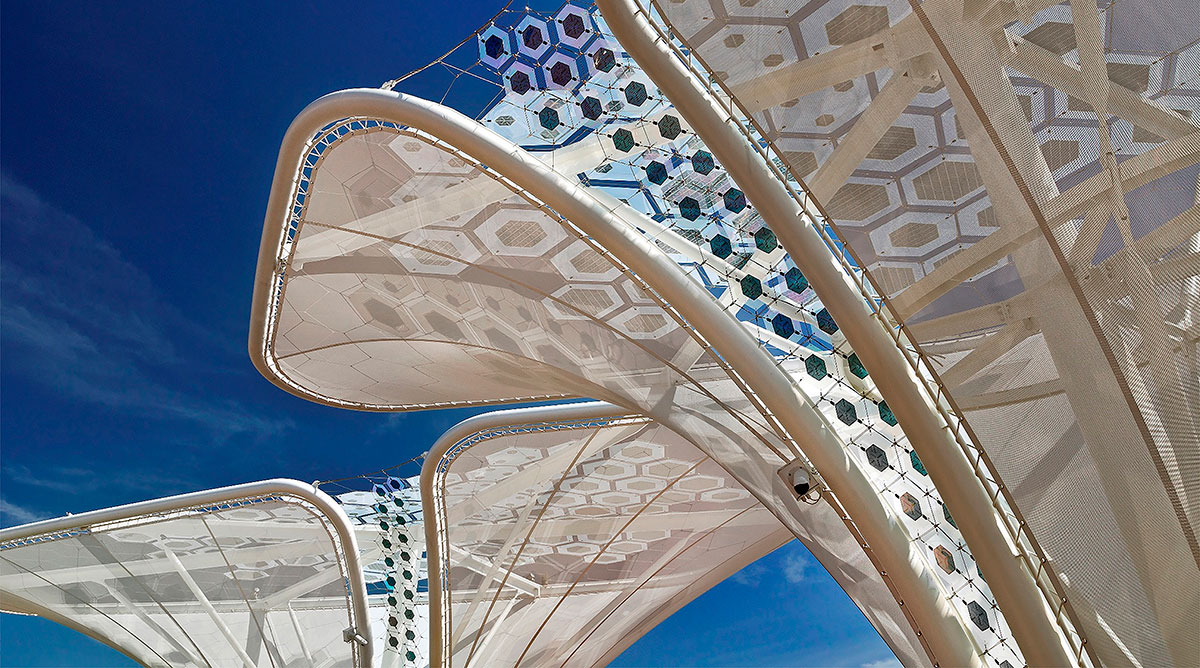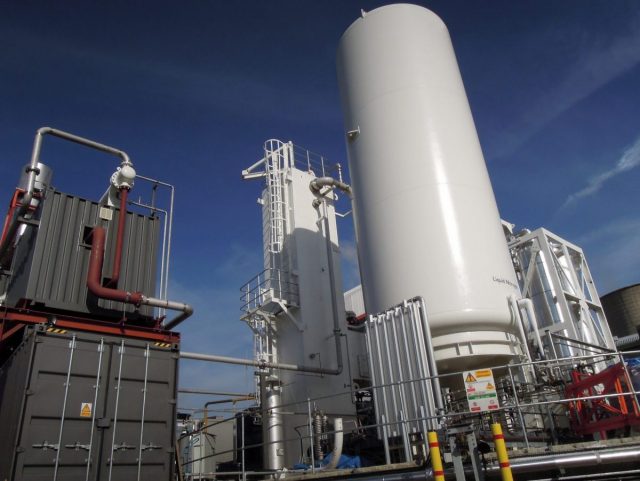It is time to procure renewables as we did vaccines: together.
Jordan Maris, May 20, 2021
The past year has seen the EU faced with two goliath crises: COVID-19 and the worsening climate emergency. The EU’s response to the former involved pooling purchasing power for vaccines, buying together, and developing streamlined, autonomous supply chains. Could we address the climate crisis the same way?
In June 2020, faced with a worsening health crisis, the EU made the unprecedented decision to purchase vaccines together. Just under a year later, and despite numerous setbacks, the EU’s efforts are paying off: an autonomous supply chain has allowed them to significantly ramp up production and distribution, while remaining the largest global vaccine exporter.
Simultaneously, a crisis of even greater proportions has been unfolding. The Climate Crisis threatens food security, causes droughts, flooding, freak weather events, heatwaves, forest fires, and pandemics. Luckily, there is a solution: significantly reducing our CO2 emissions to reach “Carbon Neutrality”: where the amount of CO2 we produce is equal or lower than the amount we are able to absorb.

Achieving this is no easy feat: Member States are faced with the dual challenges of removing CO2-intensive sources from their energy mix, and increasing energy production to meet the demand created by the transition in other sectors, such as transport, heating and industry. Some are faced with the additional handicap of phasing out nuclear energy, which is a considerable part of the energy mix of many EU countries.
To address this issue, Member States will have to significantly increase their overall installed renewable capacity, and find solutions for energy storage that will allow grid operators to cope with peaks in demand, and maintain grid stability despite the higher percentage of renewables in the energy mix. As Governments scramble to address this issue, one simple first step will be the greening of public buildings, such as hospitals, town halls, libraries, public housing, schools and universities. By reducing their energy consumption, and adding generation and storage capacity, public buildings will not only be cheaper to operate, but could also improve grid stability and increase available power.
With solar energy now the cheapest in history it is clear that solar will have a major role to play. There is just one problem: the EU currently only produces 2% of photovoltaic panels and 7% of lithium-ion batteries. Meanwhile, China dominates with 70% of Solar PV production and continue to dominate the market for lithium-ion batteries.

Our relationship with China is flaky at best: intermittent trade wars and diplomatic rows mean the free flow of such products can be disrupted. As a systemic rival, China having almost complete control over the production of technology that is vital to our energy transition puts European Autonomy at risk. Finally, the human rights situation in China, particularly in Xinjiang, means we cannot be sure panels were not produced using forced labour.
However, at present authorities in Member States have little choice but to buy equipment produced in China. Furthermore, many have not considered or cannot afford the installation of renewable capacity.
First steps: an EU procurement programme for renewables
To address these issues, the EU should set up a procurement fund, and make use of its purchasing power to buy renewable energy generation and storage solutions in bulk for public authorities at as low a price as possible.
Such solutions include, but are not limited to Solar PV, Thermal and PV/thermal hybrids, small-scale wind and hydroelectric solutions, and various storage solutions, be it electrochemical batteries or novel solutions.
Under the system, the European Commission would pay up-front through a system of tenders for various solutions. For instance for devices capable of generating or storing a certain quantity of power (for instance, X mW of solar photovoltaic, xkWh of lithium-ion batteries). These tenders would take into account environmental impact, lifetime and cost, and could be per year, or over multiple years with production targets. These large orders could give European renewable energy solutions manufacturers the certainty they need to scale up their production, reducing costs through economies of scale.
The Commission would then pass these savings on to public authorities all over the Union, with a distribution system similar to that used for the distribution of vaccines. To incentivise adoption, the price for public authorities could further be reduced either by directly subsidising solutions, integrating and streamlining existing EU funding opportunities into the process, or integrating cheap loans from the European Investment Bank.
Investing in the future of renewable technology
At present, renewable energy technologies are far from perfect. Many generation and storage solutions require rare or toxic substances which cannot be found in Europe or would be prohibitively expensive or environmentally damaging to extract. This prevents Europe from having an autonomous supply chain in the production of a key asset for our energy transition. Additionally, Existing battery technologies have a relatively low life span, can be a fire or explosion risk, are expensive, and do not scale enough to address our needs.
Any procurement programme must take into account these issues and pick solutions that allow us to overcome them. Hence, over time, the conditions of tenders should become stricter, encouraging manufacturers to focus on research and development of new technologies.
Power Production
Organic Solar Panels are one such area of research. They could potentially eliminate the need for rare or toxic substances, allowing for a 100% EU supply chain, be significantly cheaper and less resource-intensive to manufacture, much lighter than traditional panels, and millimetres thick. One European Company leading the way in this domain is ARMOR, who have already benefited from EU funding to improve the efficiency of their organic solar panels, and who are the first to bring them to market in the form of their ASCA® film.

Power storage
There has also been significant progress with regard to energy storage. Progress in the development of organic flow batteries means Europe may soon have its first commercial 100% organic battery. While organic flow batteries are too heavy and require too much space for automotive applications, they could be perfect for grid storage. They require no rare or toxic substances, degrade significantly less with use than lithium-ion, do not pose fire or explosion risks, and could have a 100% European supply chain.

Additionally, they could be exceptionally cheap to produce and incredibly scalable: they store energy through tanks two different liquids, increasing capacity is as simple as adding tanks. Further solutions include Liquid Air storage, and flywheel storage, both of which offer similar advantages and are based on mature technology. In any case, a variety of different storage solutions will be needed to fulfil different roles ranging from frequency regulation, to addressing short spikes in demand, to providing capacity to the grid over longer periods.
Conclusion
Much like the Coronavirus crisis, the current Climate Crisis cannot be addressed individually: to reach the EU’s goal of net-zero by 2050, efforts must be undertaken in all member states, regardless of their means. Despite initial difficulties, this is what the common procurement of vaccines has allowed. Without it, many smaller member states would still be struggling to obtain doses for their citizens. Thanks to it, all member states have access to vaccines in the necessary quantities at a reasonable price, and the European supply chain fostered by the programme means the EU is sheltered from external factors such as export bans.
This proposal could offer many of the same benefits for the procurement of renewable energy solutions, as well as a number of other benefits: it plays to Europe’s strengths, using our collective buying power make renewable solutions available at a low cost to public authorities, but also supporting European industry and helping to bring the innovative solutions developed by Europe’s researchers to market faster, and without the need for rare or toxic substances. The research is there. The technology is there. The need is there. All we need now is the political will to get the ball rolling.
Photo Credit for article image - Ecology Vectors by Vecteezy